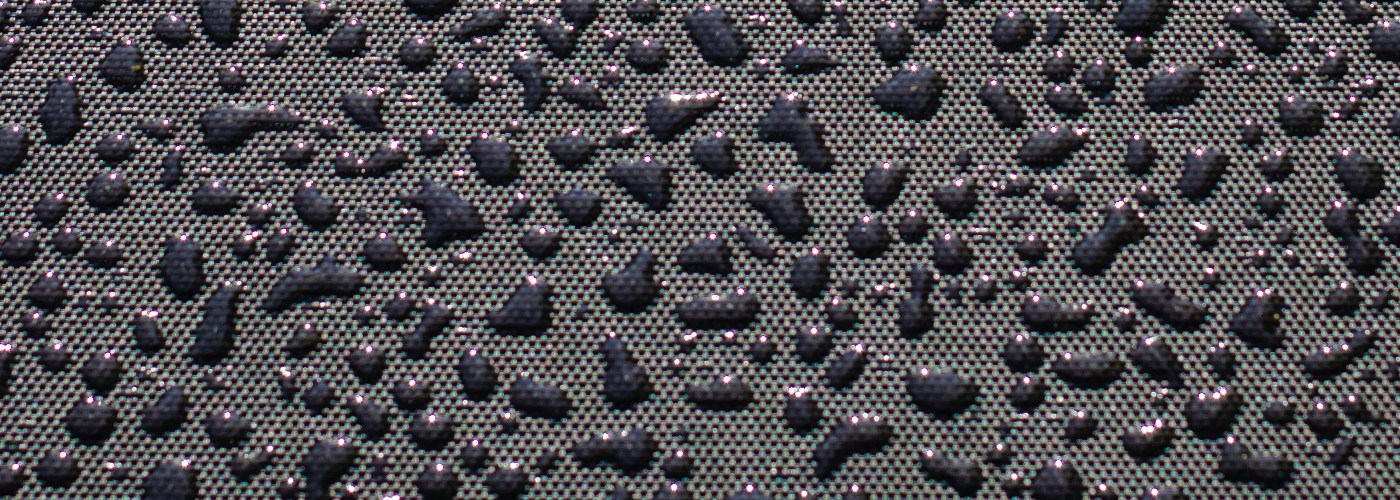

Now here is a scientific discovery that
is very timely as we work through what is often the hottest part of
the year, in the Northern Hemisphere. Researchers in China have
manufactured a new fabric that excels in three major criteria for
keeping the body cool. It not only effectively transfers heat away
from the body, but also is breathable and water repellent, all while
being relatively easy to manufacture.
The new fabric doesn't
yet have a catchy name. It is composed of the polymers, polyurethane
and fluorinated polyurethane, along with a thermally conductive
filler called boron nitride. The process to manufacture this fabric
is called electrospinning, which involves applying high voltage to
the polymers in solution as they are pushed out of a syringe. As they
exit the syringe, they form a network of fibers which are coated with
the boron nitride. The pores between the network of fibers are what
give the fabric its breathability, allowing sweat to evaporate and
air to circulate. The chemical makeup of the fluorinated polyurethane
is what gives the fabric its ability to repel water. Finally, the
boron nitride, which coats the network of fibers, provides the
thermal conductivity needed to transfer heat away from the body.
In
tests of its water repellency, drops of water that were applied to
the material bounced several times on its surface before finally
resting, but not sticking, to the fabric. In another test, of its
breathability, a sample of the fabric was placed in between two chambers, one filled with air underneath another filled with water.
As the pressure was increased in the lower chamber, air bubbled
through the fabric, but didn't allow water to fall through,
demonstrating the fabric's breathability and degree of waterproofing. Finally, to demonstrate the degree to which the new
material can transfer heat, samples of the substance both with and
without the boron nitride filler were placed on a heater. The samples
with the boron nitride, were measured at 6°C (10.8°F) warmer than
those without the filler, indicating how much more readily body heat
would be transferred away to the surrounding environment. Compared to
conventional fabrics like cotton, wool, nylon, and silk, this new
material transfers heat anywhere from 5-9 times more effectively.

